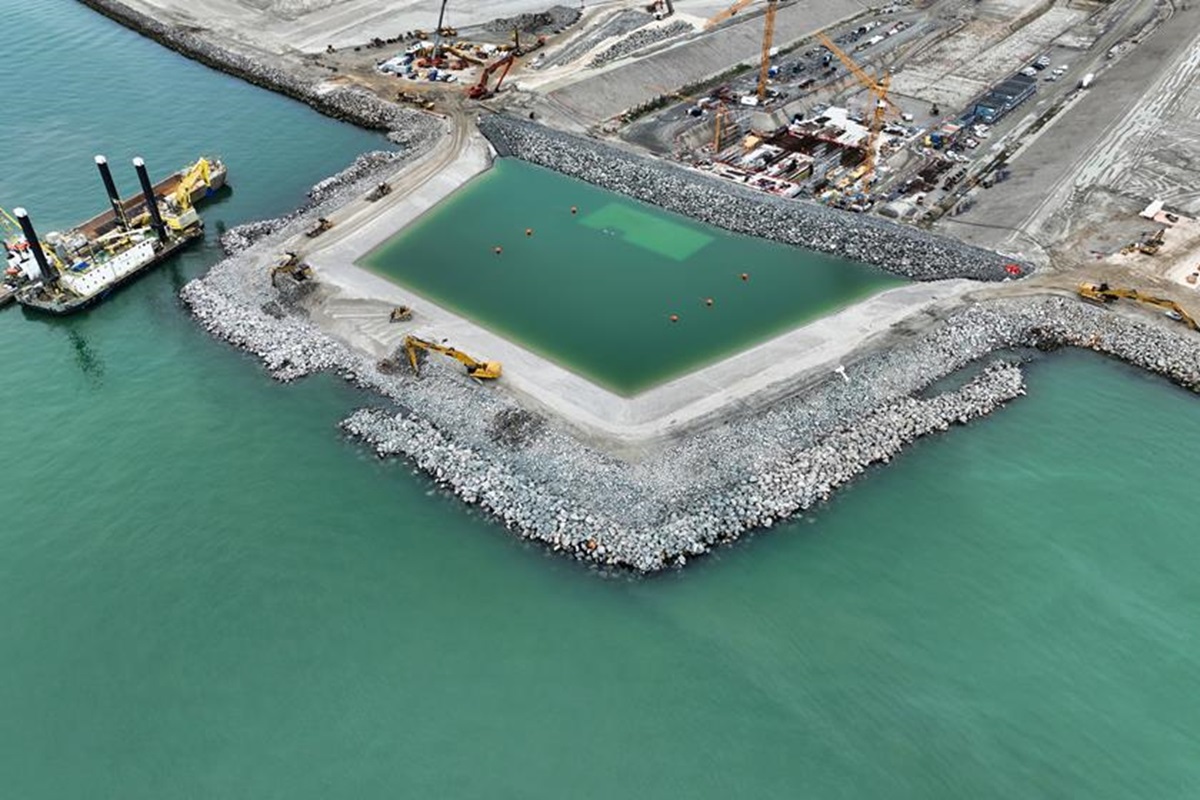Project Overview and Dredging Completion
The excavation required for the forthcoming Fehmarnbelt tunnel has been finalized after nearly three years of intensive dredging efforts. The work was undertaken by the consortium known as FBC, comprising two Dutch firms, Boskalis and Van Oord. During peak periods, FBC deployed a fleet of up to 70 vessels to dredge the 18-kilometer tunnel trench.
Magnitude of Dredging Operations
Approximately 15 million cubic meters of soil were removed during the dredging process, an amount equivalent to six Cheops pyramids or 6,000 Olympic swimming pools. “Completing this task is a significant achievement,” stated Pedro da Silva Jørgensen, the technical deputy director at Femern A/S. “This has been Denmark’s largest dredging operation, and the varied subsoil from soft clay to hard limestone presented numerous challenges that we, along with our contractors, have adeptly navigated.”
Challenges and Technical Achievements
Throughout the dredging operation, crews frequently encountered large Ice Age granite boulders, one of which weighed 70 tons and now stands displayed near the Rødbyhavn construction site. Bart Pröpper, Project Director at Fehmarn Belt Contractors, reflected on the project’s complexity: “We employed an extensive array of dredging equipment to successfully complete the 18-kilometer trench. Our team has also prioritized safety, achieving a significant milestone in safety performance during this complex operation.”
Environmental Impact and Land Reclamation
The dredged soil has been used to create approximately 300 hectares of new land behind dikes near Rødbyhavn, which will eventually feature a blend of natural habitats and recreational areas, including beaches and hiking trails.
Next Steps in Construction
While the primary dredging work is complete, FBC will soon commence the removal of a temporary dike at the tunnel portal to facilitate the installation of the first tunnel element later this year. The Fehmarnbelt tunnel, under construction at Rødbyhavn—Northern Europe’s largest construction site—will be an immersed tunnel comprising 79 standard elements and 10 special units housing technical facilities. These concrete segments are manufactured at the world’s largest concrete factory and will be individually placed into the trench.
Future Prospects and Travel Benefits
Femern A/S anticipates beginning the immersion of the tunnel elements later this year, with the entire Fehmarnbelt Fixed Link expected to be operational by 2029. Upon completion, the link will significantly reduce travel times between Lolland and Germany to just 7 minutes by train and 10 minutes by car.
